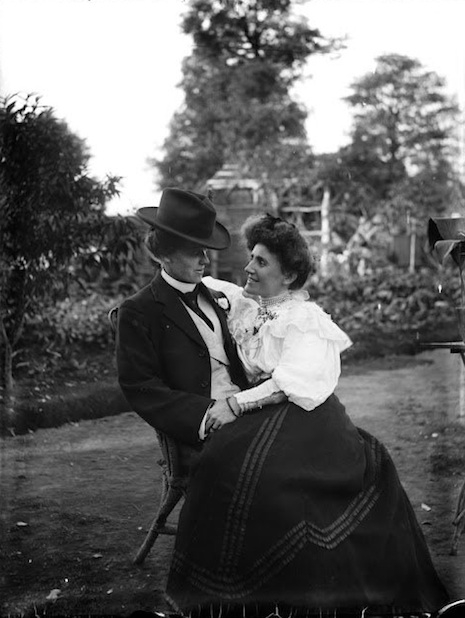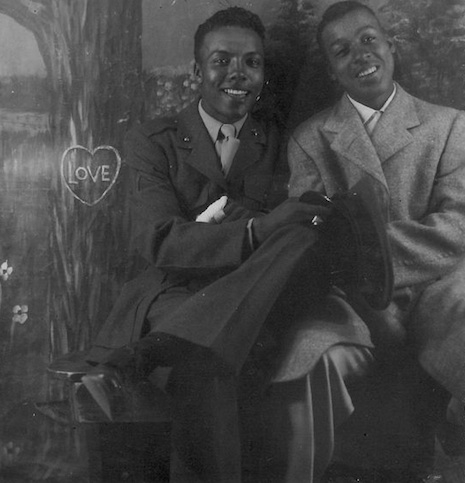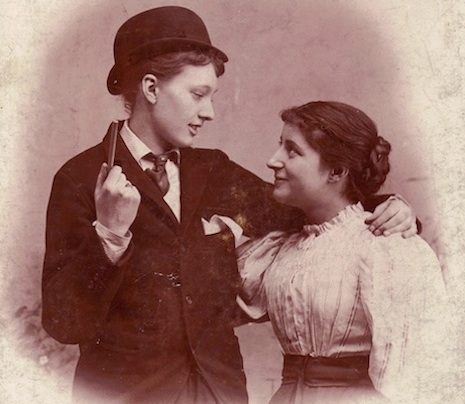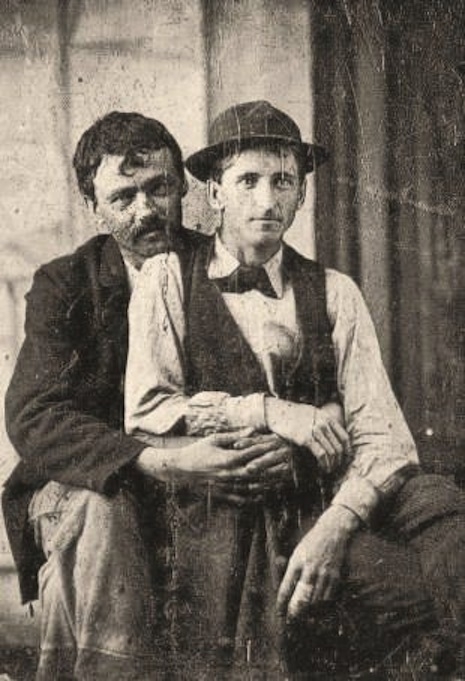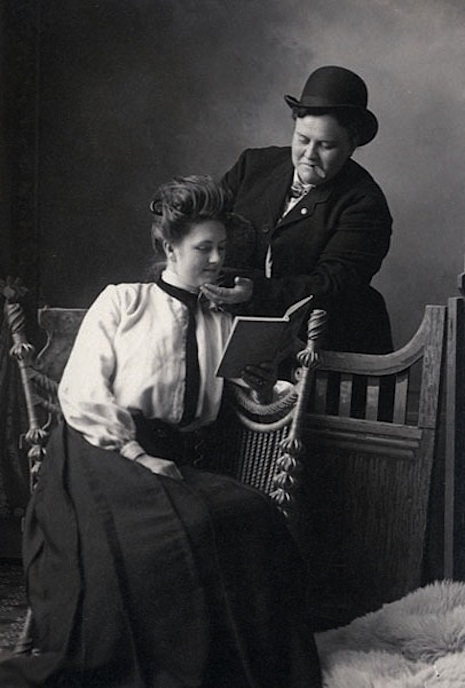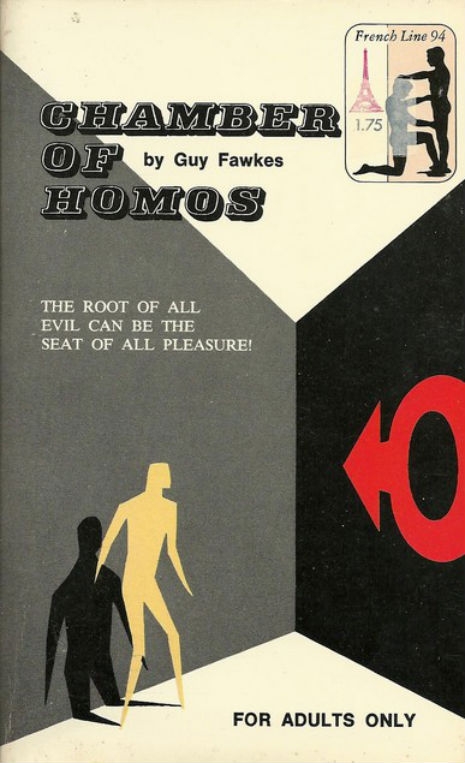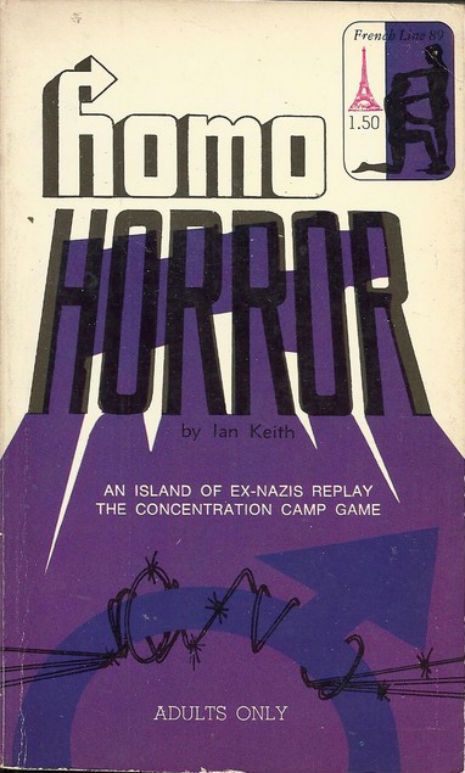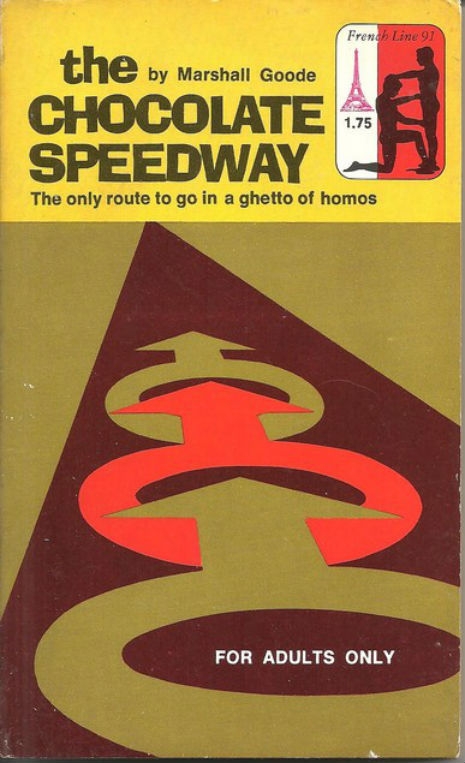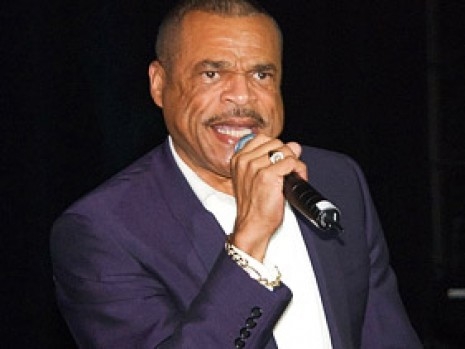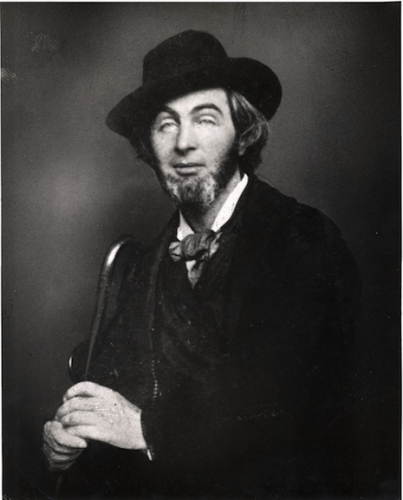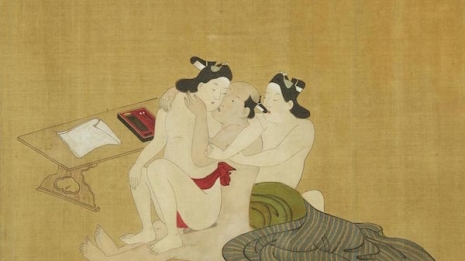
Miyagawa Chōshun (1683-1753) - scenes from ‘A Rare and Important Nanshoku Shunga Handscroll.’
Not all Japanese art is cherry blossoms, surging waves, and exotic birds, there is a whole world of shunga or erotica filed away among Japan’s beautiful canvases, silks, and scrolls kept by museums and in private collections.
Shunga’s popularity really started during the Edo Period 1603-1868 when the country was under the rule of the Tokugawa shogunate. This rise in popularity stemmed largely from the dominant male population which had massively increased as a result of the high number of samurai/retainers required to guard provincial lords and their estates and maintain law and order, and through the surge in agricultural laborers required to produce the food to feed this large population. To get an idea of what we’re talking about, the city of Edo—the former name for Tokyo—had a population of one million by 1721. This made Edo the largest city on the planet. But what’s more staggering is that seventy percent (70%) of the city’s population were male. This meant a lot of horny blokes looking for good wank material.
Apparently, the word shunga means “pictures of spring”—spring being a euphemism for erotica probably as in the English equivalent “the joys of spring.” (If you can’t figure that out, I’m not going to explain it for you.) Though shunga was predominantly used by men, it was very popular with the ladies, too. It was also considered very lucky or at least a bringer of good fortune to those who carried a shunga scroll on their person.
When it came to sex, the Japanese have always been far more liberated than most other countries. Indeed, homosexuality and lesbianism have a long history in Japan going way back to ancient times—long before people started documenting such pleasures. In fact, gay sex was AOK in Japan up until 1872 when sodomy was briefly outlawed. This was quickly repealed in 1880. However, as of 2000, sexual orientation is not protected by national civil rights laws which means the LGBT community do not have any recourse to legal protection against discriminations—so much for progress… I guess it’s a mixed bag there.
While most shunga is heterosexually oriented, there is a wealth of gay shunga featuring samurais and old Buddhist masters indulging in sex with young males—often dressed as geishas. These illustrations were called nanshoku or “male colors” a term used to describe the man-on-man action which depicted (usually) idealized pin-ups from the worlds of ancient myth, the military, religion, theater, class, and last but not least, prostitution.

Miyagawa Chōshun - scenes from ‘A Rare and Important Nanshoku Shunga Handscroll.’

Miyagawa Chōshun.
More gay Japanese erotica, after the jump…






